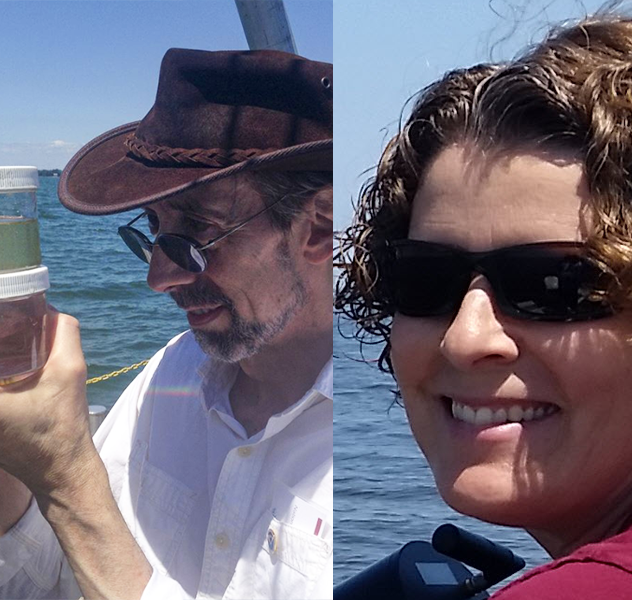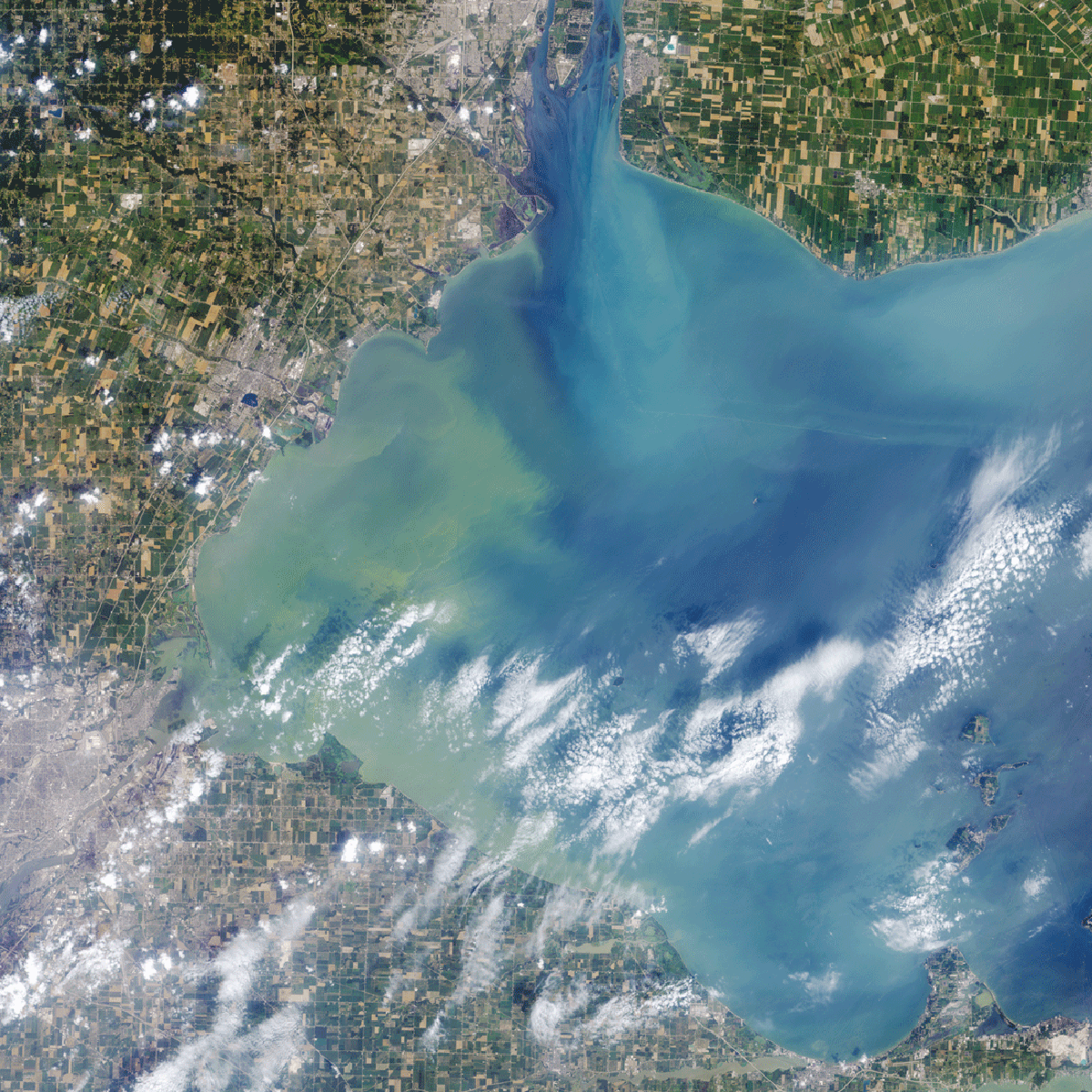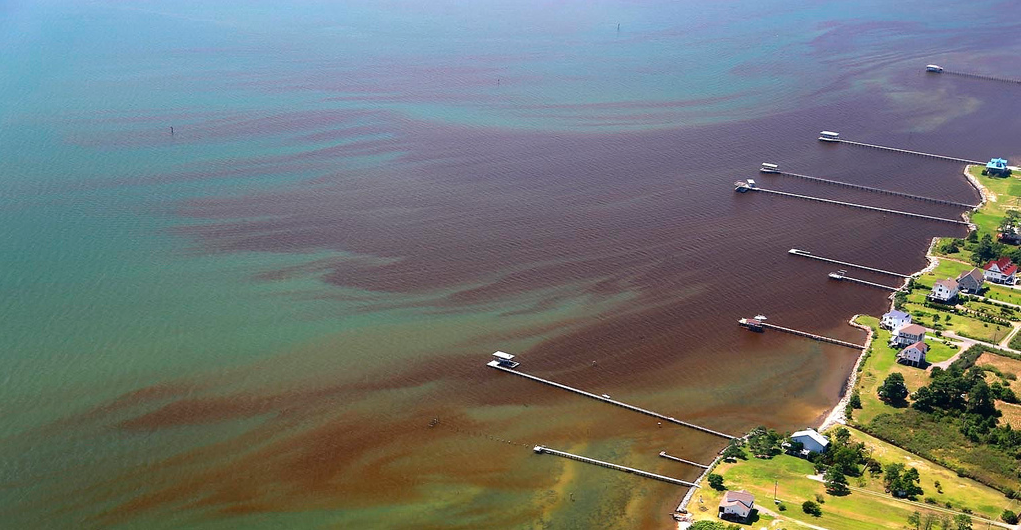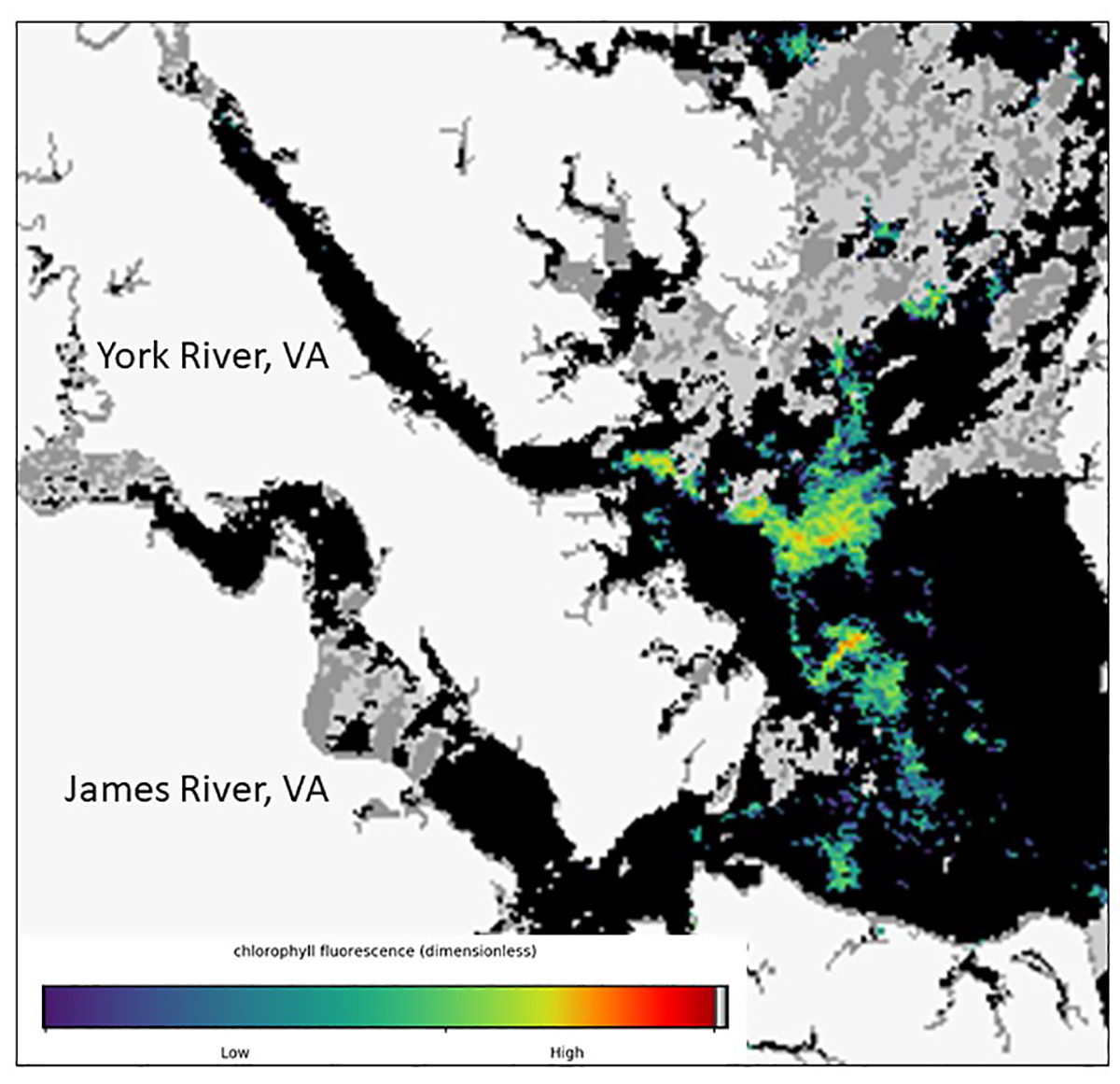Early Adopter

Applied Research Topic
Potential Applications ► HAB detection, monitoring, and forecasting
Description
Our research involves algorithm and model development for monitoring and forecasting Harmful Algal Blooms (HABs). Current efforts include the combination of fluorescence and relative chlorophyll products to locate blooms in regions across the U.S. In addition, specific algorithms conducive to cyanobacteria detection (in the Great Lakes and inland waters) are used to provide a monitoring system for toxic cyanobacteria throughout the continental U.S. and Alaska. While these algorithms are useful for detecting high biomass blooms, they are unable to separate out phytoplankton groups in more turbid coastal and estuarine waters. As an Early Adopter to the PACE mission, we propose to test the efficacy of hyperspectral imagery on further separating these blooms. While many of our locations are narrow tributaries, and the 1 km resolution on PACE will not allow us to address blooms in these locations, we can at least develop algorithms for phytoplankton groups in coastal areas where 1 km data is sufficient. It may also be possible to use the hyperspectral information to study whether higher spectral resolution can provide more information on physiological characteristics of these bloom species (i.e., feeding strategies such as mixotrophy vs autotrophy, bloom stage, etc.). In addition, state managers have asked if we could further the work on cyanobacteria to separate out individual species. While we feel this is probably unlikely, we would like to look at PACE products to see if we could perhaps separate types of cyanobacteria based on their behavior (scum forming vs. well mixed populations).Significance
Our data products provide important information to protect public health, and support environmental management, and event response. Being able to more accurately separate HAB species from background phytoplankton would allow for more targeted management activities to advise local health department, water treatment operators, the aquaculture and commercial fishing industry as well as state mangers. As this information is used by states to manage fisheries, drinking water and recreational beaches, it provides important guidance to protect the general public from toxic events.Why PACE
Given the higher spectral resolution PACE provides, it is our hope that we could further separate bloom types to get closer to an estimation of toxicity due to HABs. By having more accurate information on bloom type, in addition to estimating the physiological state of the bloom, we can provide more useful information for state managers responding to HAB events.End User(s)
State managers in Florida, Maryland, Virginia, Ohio, CaliforniaSAT Partner(s)
Robert SchuchmanPublications
Lunetta, R.S., B.A. Schaeffer, R.P. Stumpf, et al. (2015). Evaluation of cyanobacteria call count detection derived from MERIS imagery across the eastern USA. Remote Sensing of Environment. V.157, pp.24-34. DOI: https://doi.org/10.1016/j.rse.2014.06.008.
Tomlinson, M.C., R.P. Stumpf, T.T. Wynne, D. Dupuy, R. Burks, J. Hendrickson, R.S. Fulton III. (2016). Relating chlorophyll from cyanobacteria-dominated inland waters to a MERIS bloom index. Remote Sensing Letters, vol. 7, no. 2, pp. 141-149. DOI: https://doi.org/10.1080/2150704X.2015.1117155.
Wynne, T. T., & R.P. Stumpf. (2015). Spatial and Temporal Patterns in the Seasonal Distribution of Toxic Cyanobacteria in Western Lake Erie from 2002–2014. Toxins, 7(5), 1649-1663. DOI: https://doi.org/10.3390/toxins7051649.




